© 2025 MJH Life Sciences™ , Patient Care Online – Primary Care News and Clinical Resources. All rights reserved.
Migraine: Keeping the Beast at Bay
Do you know what drugs current guidelines recommend? Get an 8-slide update, here.
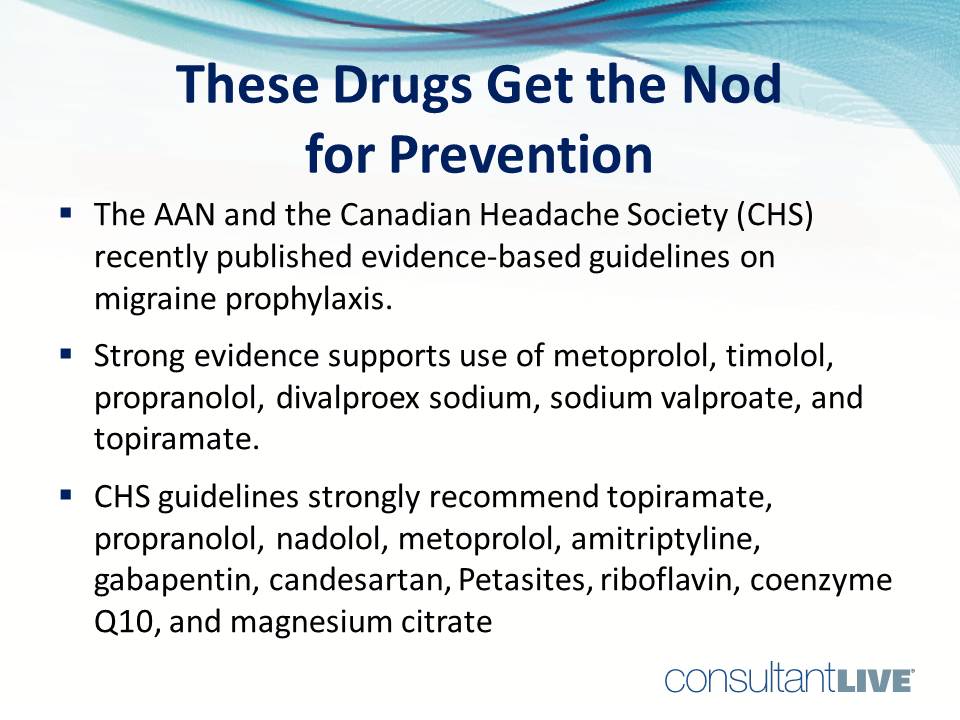
These drugs get the nod for prevention: The AAN and the Canadian Headache Society (CHS) recently published evidence-based guidelines on migraine prophylaxis. Strong evidence supports use of metoprolol, timolol, propranolol, divalproex sodium, sodium valproate, and topiramate. CHS guidelines strongly recommend topiramate, propranolol, nadolol, metoprolol, amitriptyline, gabapentin, candesartan, Petasites, riboflavin, coenzyme Q10, and magnesium citrate.
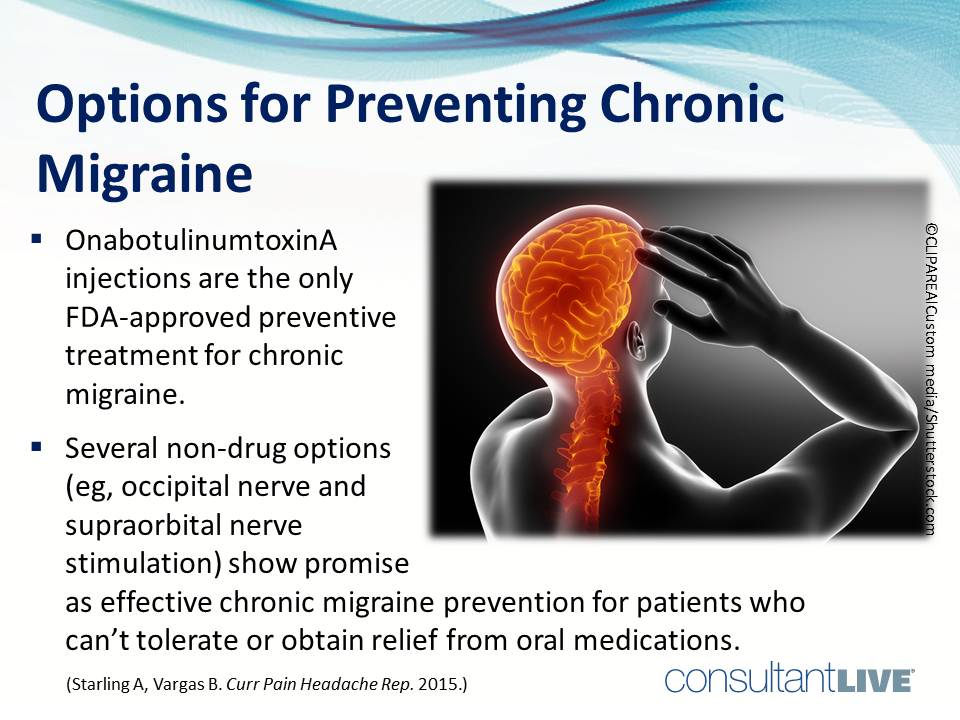
Options for preventing chronic migraine: OnabotulinumtoxinA injections are the only FDA-approved preventive treatment for chronic migraine. Several non-drug options (eg, occipital nerve and supraorbital nerve stimulation) show promise as effective chronic migraine prevention for patients who can’t tolerate or obtain relief from oral medications.
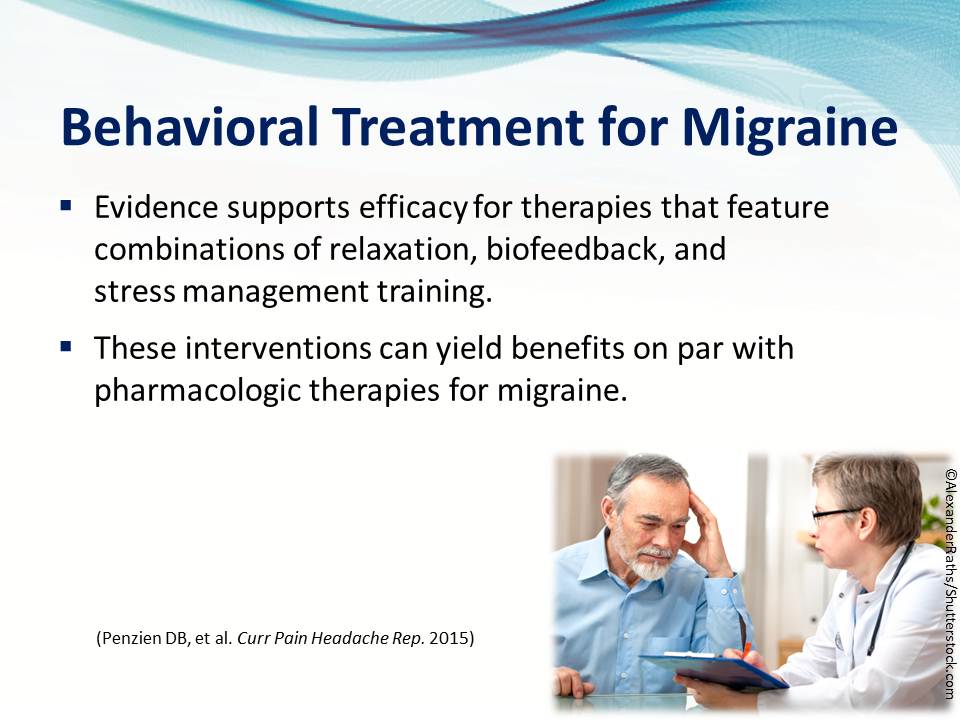
Behavioral treatments for migraine: Evidence supports efficacy for therapies that feature combinations of relaxation, biofeedback, and stress management training. These interventions can yield benefits on par with pharmacologic therapies for migraine.
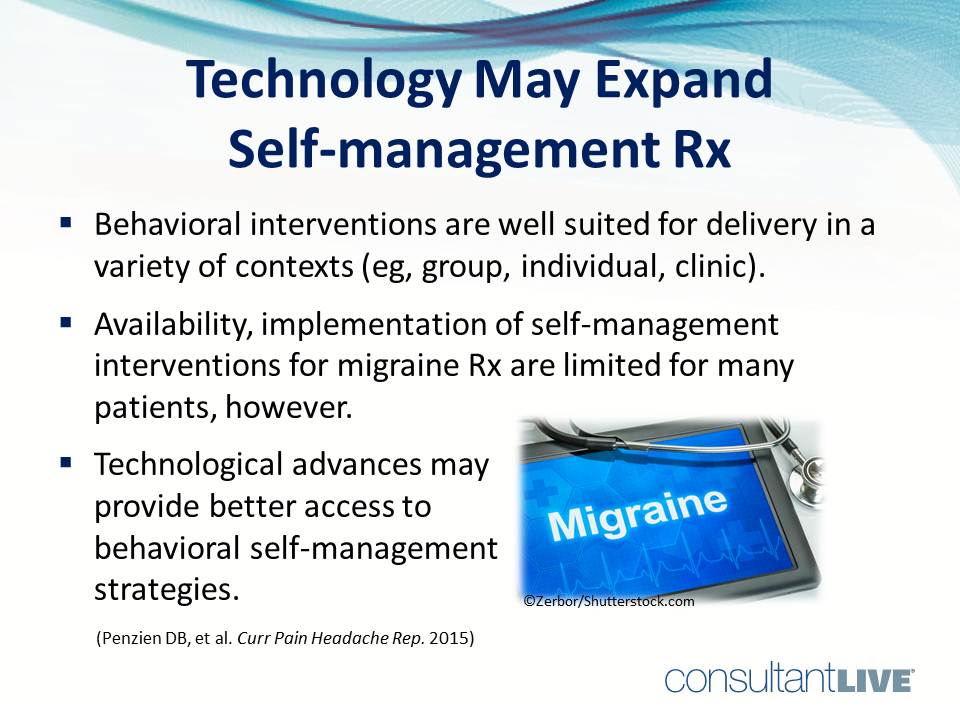
Technology may expand self-management migraine Rx. Behavioral interventions are well suited for delivery in a variety of contexts (eg, group, individual, clinic). Availability, implementation of self-management interventions for migraine Rx are limited for many patients, however. Technological advances may provide better access to behavioral self-management strategies.
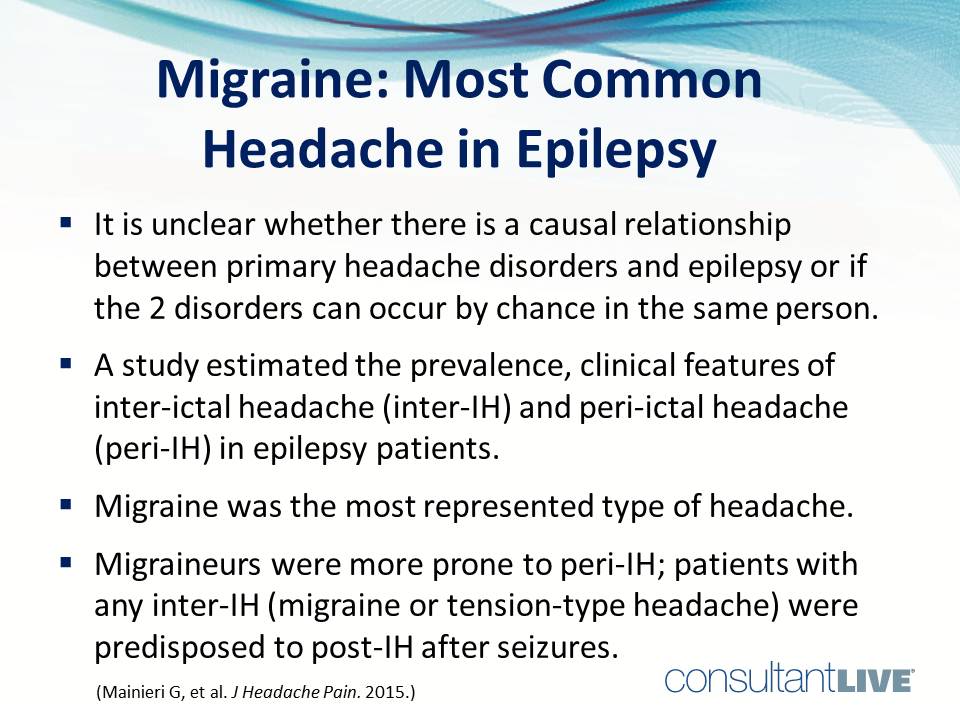
Migraine: most common headache in epilepsy. It is unclear whether there is a causal relationship between primary headache disorders and epilepsy or if the 2 disorders can occur by chance in the same person. A recent study estimated the prevalence, clinical features of inter-ictal headache (inter-IH) and peri-ictal headache (peri-IH) in epilepsy patients. Migraine was the most represented type of headache. Migraineurs were more prone to peri-IH; patients with any inter-IH (migraine or tension-type headache) were predisposed to post-IH after seizures.
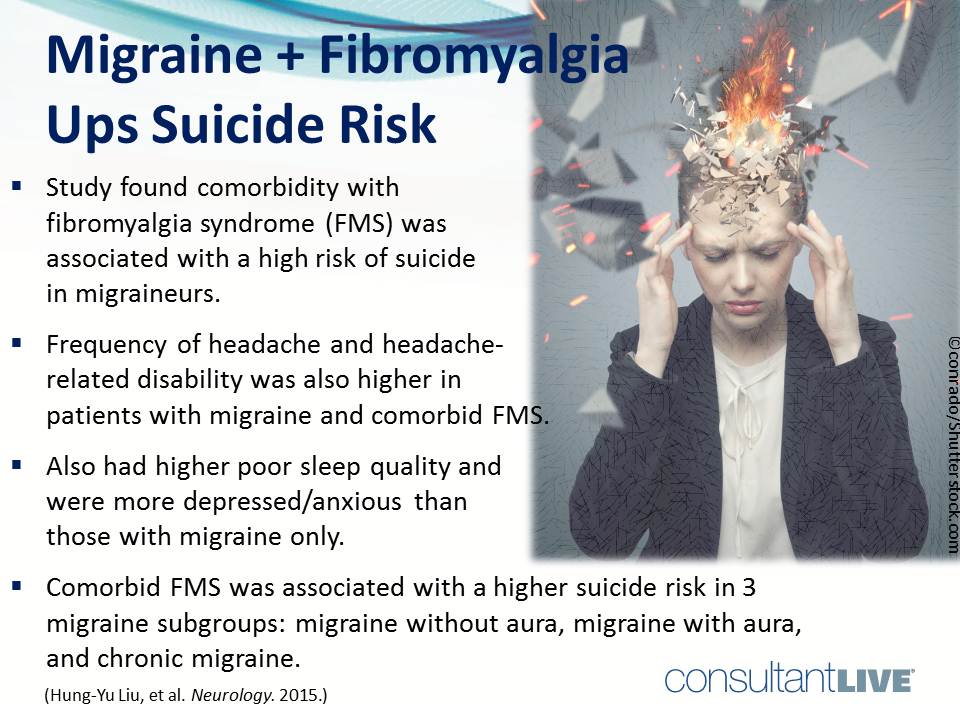
Migraine + fibromyalgia ups suicide risk. Study found comorbidity with fibromyalgia syndrome (FMS) was associated with a high risk of suicide in migraineurs. Frequency of headache and headache-related disability was also higher in patients with migraine and comorbid FMS. Also had higher poor sleep quality and were more depressed/anxious than those with migraine only. Comorbid FMS was associated with a higher suicide risk in 3 migraine subgroups: migraine without aura, migraine with aura,and chronic migraine.
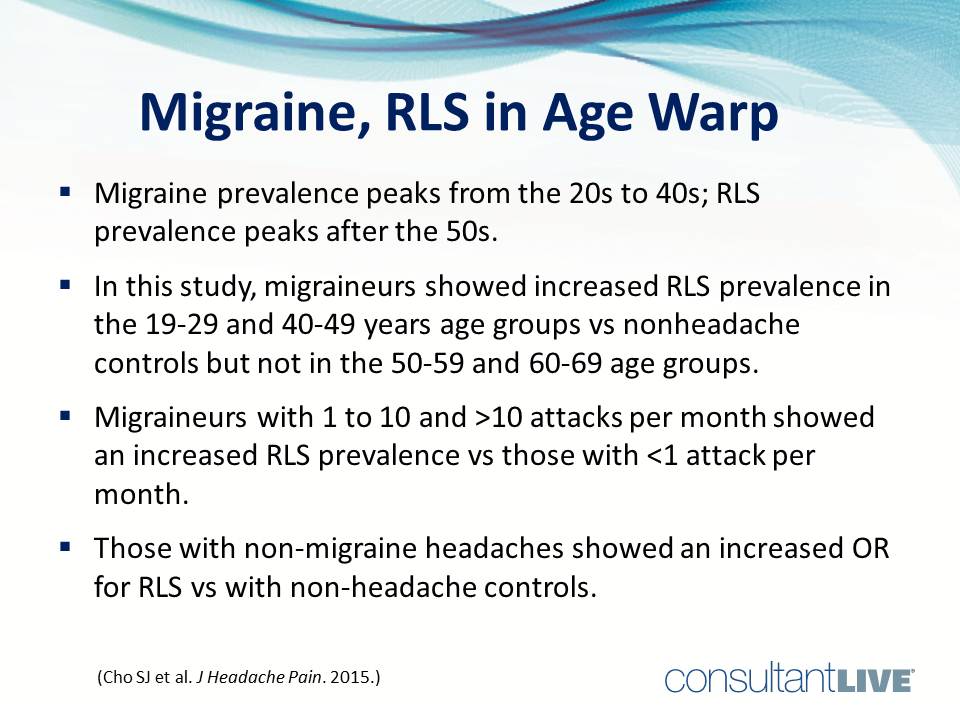
Migraine, restless leg syndrome in age warp. Migraine prevalence peaks from the 20s to 40s; RLS prevalence peaks after the 50s. In this study, migraineurs showed increased RLS prevalence in the 19-29 and 40-49 years age groups vs nonheadache controls but not in the 50-59 and 60-69 age groups. Migraineurs with 1 to 10 and >10 attacks per month showed an increased RLS prevalence vs those with
About 38% of migraineurs need preventive therapy, but only about 3% to 13% currently use it, according to the American Academy of Neurology (AAN). Since the AAN published guidelines for migraine prevention in 2000, new clinical studies have addressed and readdressed the efficacy and safety of migraine preventive therapies.The short slide show above reviews guideline-endorsed pharmacotherapy for migraine prevention, behavioral interventions, and new research on difficult comorbid conditions.Â




